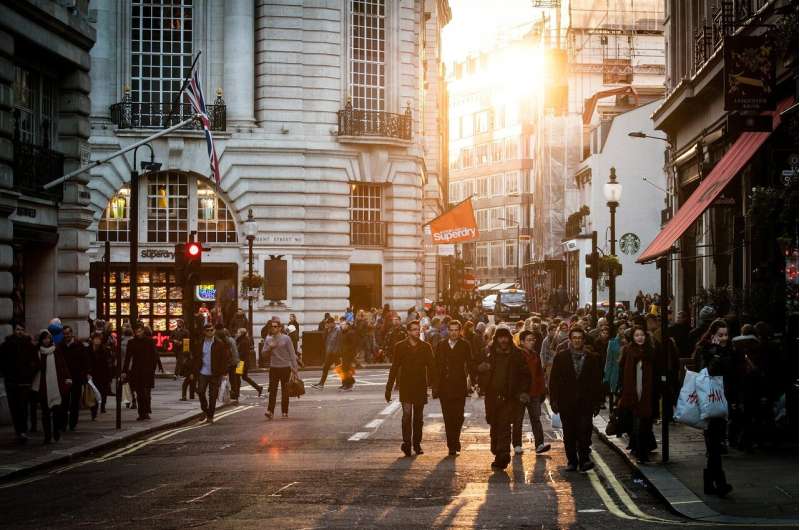Credit: CC0 Public Domain
Social, economic, environmental and health inequalities within cities can be detected using street imagery. The findings, from scientists at Imperial College London, are published in Scientific Reports this week.
Detailed measurements of the substantial inequalities that exist within large cities like London are crucial for informing and evaluating policies that aim to reduce them. However, only a small number of countries have fully linked statistical datasets that allow for real-time measurements.
Esra Suel and colleagues from Imperial's School of Public Health used a deep-learning approach to train a computer programme to detect inequalities in four major UK cities – London, Birmingham, Manchester and Leeds – using publicly available street view images and government statistics.
Trained on 156,581 images from London corresponding to 156,581 postcodes, the programme predicted outcomes with similar accuracy in the other three cities, after it had been fine-tuned with only 1% of additional images collected in the West Midlands, Greater Manchester and West Yorkshire.
The authors hypothesized that some features of cities and urban life, such as quality of housing and the living environment, have direct visual signals that a computer could recognize.
Local shops and disrepair
These visual signals include building materials and disrepair, cars, or local shops. Combined with government statistics on outcomes such as housing conditions, mean income, or mortality and morbidity rates for one city, images may be used to train a computer programme to detect inequalities in other cities that lack statistical data.
The authors found that their computer programme was most successful at recognizing differences in quality of the living environment and mean income.
'Measuring social, environmental and health inequalities using deep learning and street imagery' by E.Suel et al is published in the journal Scientific Reports.
More information: Esra Suel et al. Measuring social, environmental and health inequalities using deep learning and street imagery, Scientific Reports (2019). DOI: 10.1038/s41598-019-42036-w
Journal information: Scientific Reports
Provided by Imperial College London






















